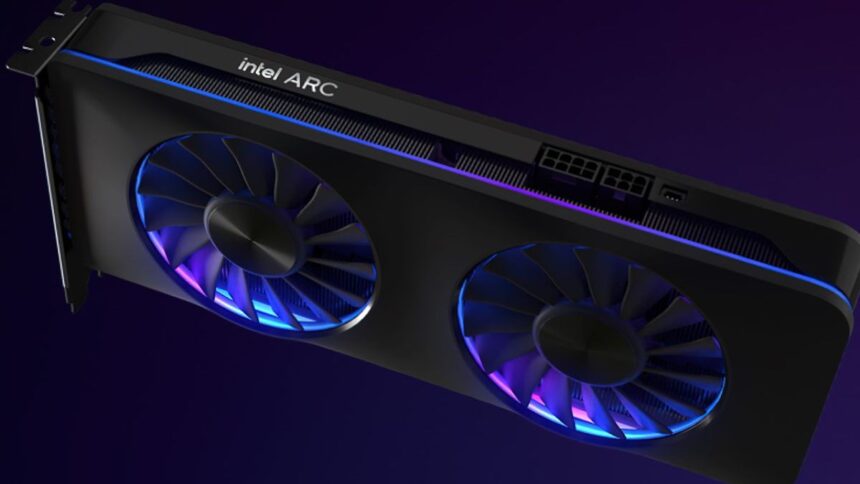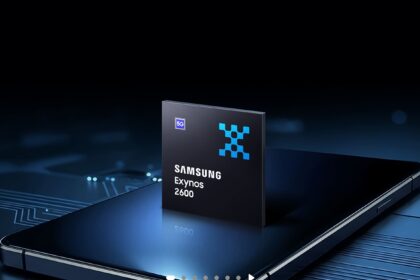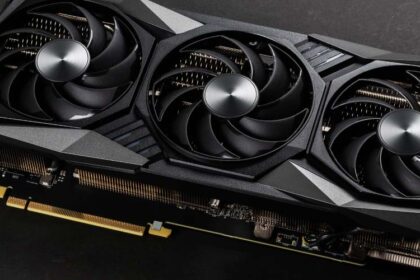In gaming, anti-aliasing techniques are used to smooth the jagged edges that appear on the borders of 3D objects. One of the most common methods is MSAA (Multi-Sampling Anti-Aliasing). However, Intel’s upcoming Xe3 graphics architecture, codenamed Celestial, will no longer support the 16x MSAA option—the highest level of this technique—in favor of modern upscaling technologies.
Intel isn’t dropping MSAA entirely. Lower levels such as 2x, 4x, and 8x will still be available. In a recent driver update, Intel engineer Kenneth Granke explained:
“16x MSAA is not supported on certain Xe3 variants and is in the process of being phased out on the rest. Most vendors have already moved on, and many applications now rely on more advanced anti-aliasing and upscaling solutions.”
AI Upscaling Takes the Lead
With the rapid progress of image upscaling, game developers are increasingly moving away from heavy options like 16x MSAA, which requires a lot of processing power while offering only minimal visual improvements. Unlike FXAA, which can blur the image, MSAA focuses on detecting edges and applying extra samples at those points, but the high-end 16x mode has become impractical compared to today’s alternatives.
This shift reflects a broader industry trend: traditional anti-aliasing methods are slowly giving way to AI-powered upscaling. NVIDIA’s DLSS—now in its fourth generation with the RTX 50 series—delivers sharper images with dedicated hardware. AMD’s FSR 4 offers similar advancements for Radeon RX 9000 GPUs, and Intel’s own XeSS 2 brings notable improvements to Arc graphics cards.











